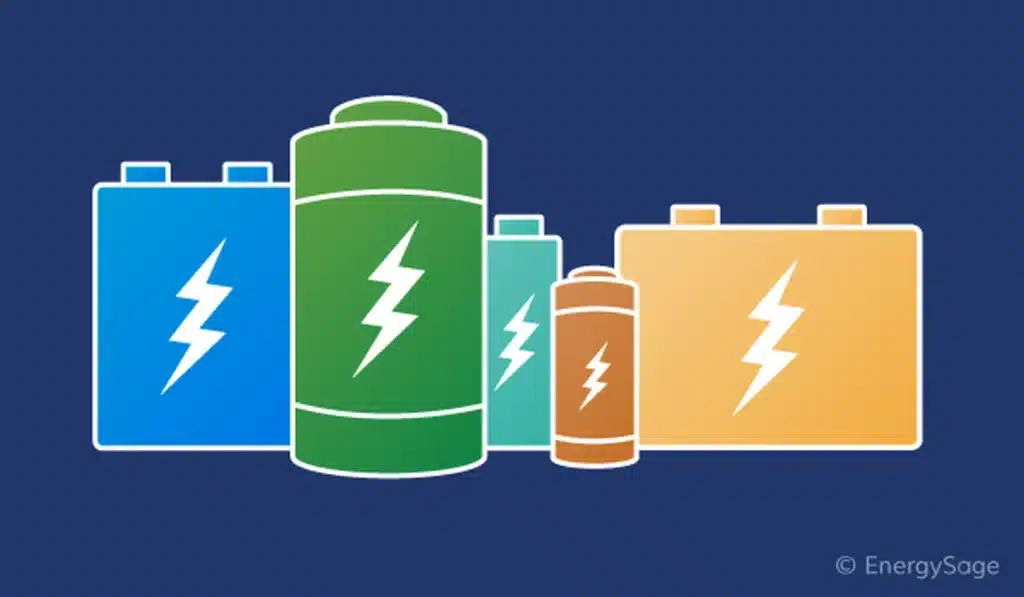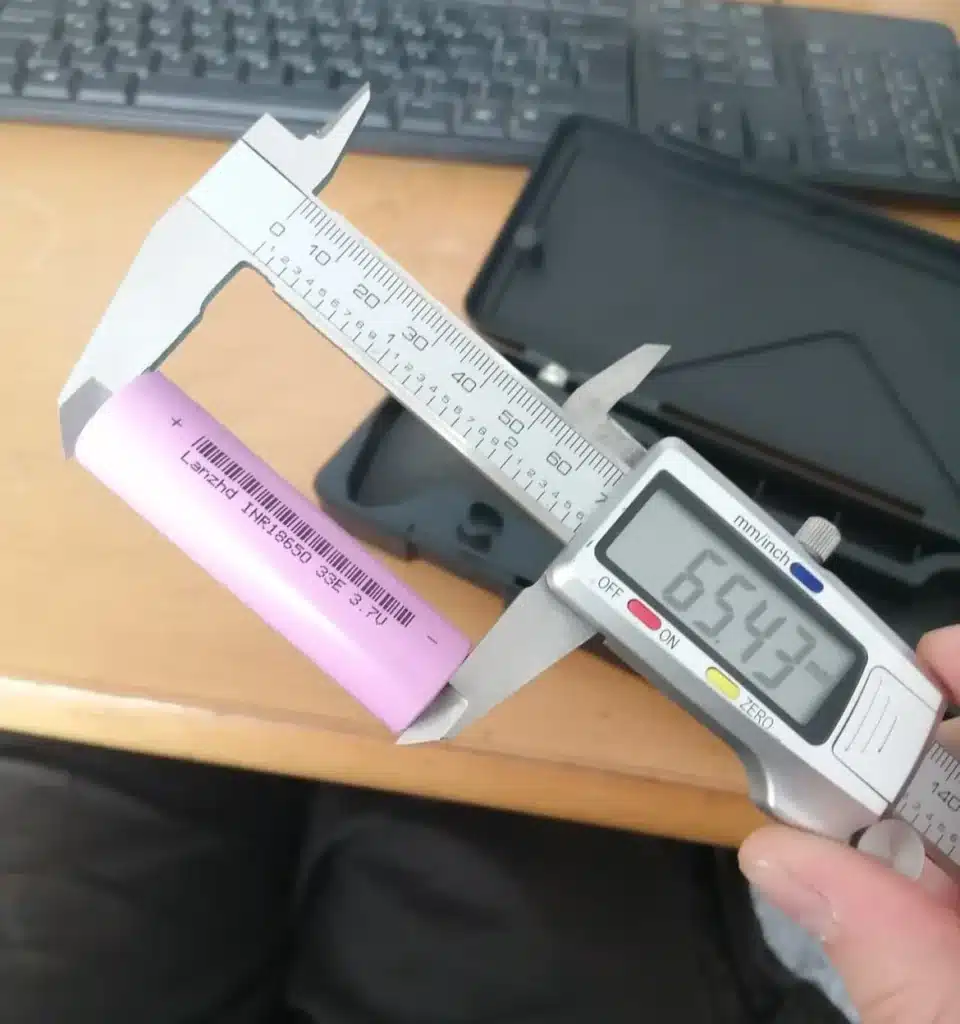You may find that the lithium battery is too large to fit into the device, and it will not fit if it is too small. The size of lithium batteries is generally closely related to battery life and power. There are many sizes and names of batteries on the market, which makes it difficult to remember.
This guide explains the names and sizes of popular batteries, as well as practical tips on choosing the size that’s right for you.
Table of Contents
ToggleHow are lithium battery sizes named
To help you quickly understand the naming rules and coding of batteries, let’s discuss them by category of lithium batteries.

Cylindrical batteries look like ordinary dry batteries and are the most common type of batteries we have seen and used. The first two digits of the 18650 battery are the diameter (mm), the last three digits are the length (mm), and the last ‘0’ usually represents the cylindrical shape. So 18650 is a cylindrical battery with a diameter of 18mm and a length of 65mm.
Similarly, a 21700 battery is a cylindrical battery with a diameter of 21mm and a length of 70mm. And so on.
Button batteries are also called coin batteries. They are flat and round and are commonly used in watches and motherboards. Their naming rules are different. They usually start with a letter and are followed by a number. CR stands for disposable manganese lithium battery, and LIR stands for rechargeable battery. The numbers behind are the size. The first two digits are the diameter (mm), and the last two digits are the thickness (1/10 mm). So CR2032 is 20mm in diameter and 3.2mm thick.
Soft pack batteries are the soft square batteries wrapped in aluminum plastic film commonly found in mobile phones and drones. There are many sizes of soft pack batteries, and there is no strict and unified naming standard like cylindrical batteries. Some start with the letters LP, which stands for lithium polymer. Some start with the factory’s abbreviation, for example, our Hongyitai lithium polymer batteries often start with HYT.
Followed by 6 Arabic numerals, the first 2 digits represent the thickness of the battery, the middle 2 digits represent the width of the battery, and the last 2 digits represent the length of the battery. For example, 603450 may represent a thickness of 6.0mm, a width of 34mm, and a length of 50mm.
Square and prismatic batteries are commonly used in laptops and energy storage products, and lithium iron phosphate batteries are the most common square batteries. Their sizes are usually defined by the manufacturer, and there is no universal, consumer-friendly size naming convention.
Detailed explanation of common lithium battery sizes
Below are the sizes of lithium batteries we use daily.

Cylindrical lithium battery
The main capacities of 18650 batteries are 1200mAh, 1800mAh, 2000mAh, 2200mAh, 2500mAh, 2600mAh, 2900mAh, 3000mAh, 3200mAh, 3350mAh, and 3500mAh. They are connected in series to form a battery pack, which is used in power tools, medical devices, mobility scooters, and electric wheelchairs.
Compared with 18650 batteries, 21700 batteries have higher capacity, 4000mAh, 5000mAh, 6000mAh, and are commonly used in high-power flashlights, electric bicycles and cars.
Button battery
The diameter of CR2032 battery is 20mm, the thickness is 3.2mm, the capacity is 210mAh, it is used in computer motherboards, car keys, remote controls, small electronic devices.
The diameter of CR2025 battery is 20mm, thickness is 2.5mm, capacity is 150mAh, it is used in remote control, small electronic devices, etc.
Soft pack battery
The biggest feature of lithium polymer batteries is their high customization flexibility. The thickness, width, and length of the battery can be customized to meet the battery compartment of your specific device. Its capacity range is wide, from 20mAh to 20000mAh, so it can meet the needs of a wide range of applications, such as smartphones, tablets, drones, RC models, Bluetooth headsets, and portable devices.
How to measure and identify your battery

Sometimes your battery label may not be clear and you may not know the specific model.
We recommend using a vernier caliper, which is the most accurate and can measure to within millimeters. For cylindrical batteries, measure its diameter and length. For button batteries, measure its diameter and thickness. For soft-pack or square batteries, measure its thickness, width, and length.
Be very careful when measuring, and do not allow metal measuring tools (such as calipers or metal rulers) to touch the positive and negative poles of the battery at the same time, otherwise it will cause a short circuit, which is very dangerous.
If you also want to know parameters such as current and voltage, you will need a battery tester or multimeter.
How to choose the right size for your application
The most recommended way to replace an old battery is to find out the parameters of the original battery and buy a new one that is exactly the same.
If the label of the old battery is broken, measure the core parameters such as size, voltage, capacity, etc. of the old battery, and then purchase a new battery according to the specifications.
If you are buying batteries for a DIY project, please measure the space size of the battery compartment, how much capacity and power you need, and the connection terminals for charging and discharging. Finally, sort out these parameters and send them to the lithium battery factory for purchase.
Conclusion
Lithium batteries come in many sizes, but their names follow a certain pattern. Although size is important, it is by no means the only parameter. When choosing a battery, you must consider the size in combination with other specifications such as voltage, capacity, and discharge capacity to ensure safety and applicability. You can also contact us to get the best lithium battery solution.
